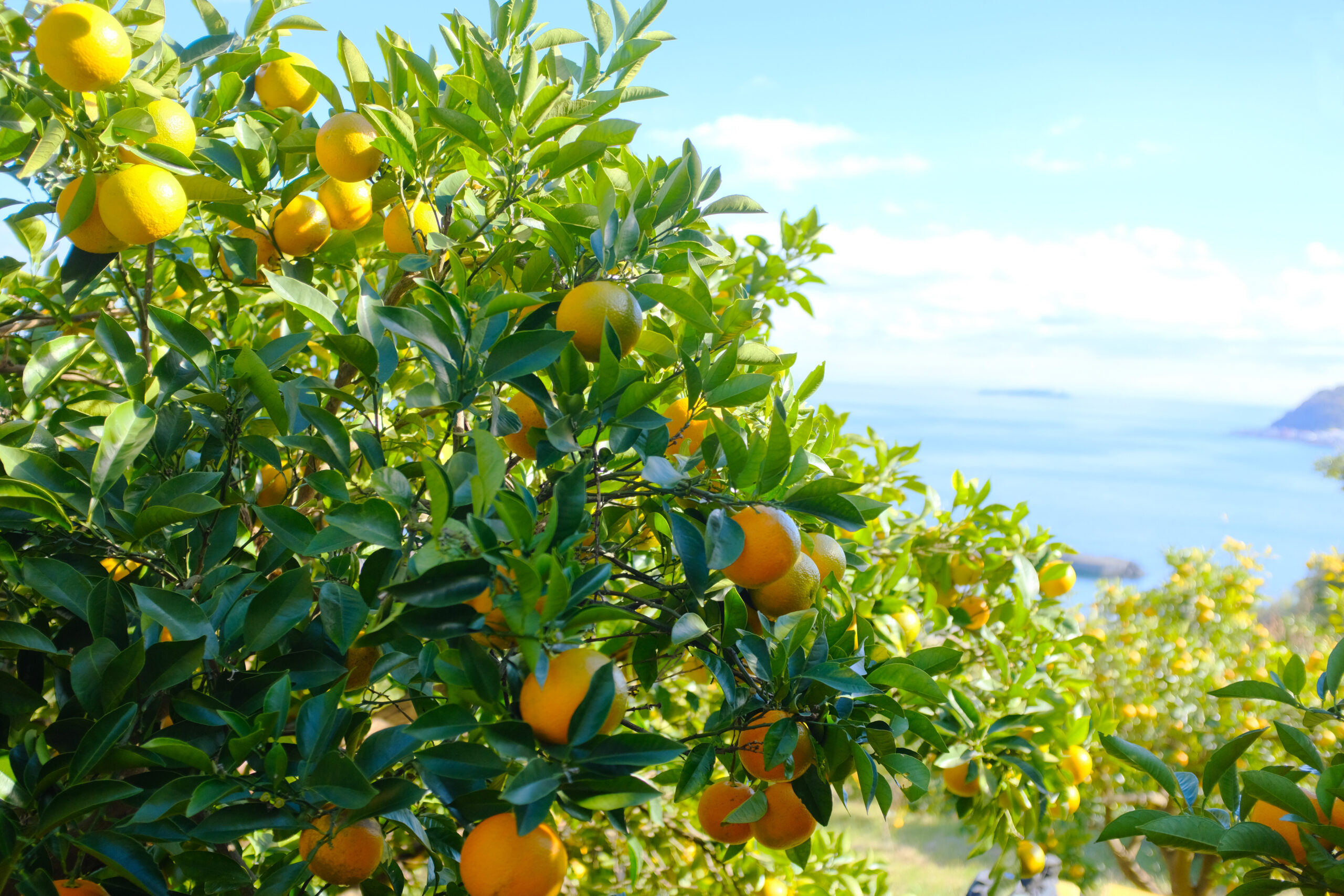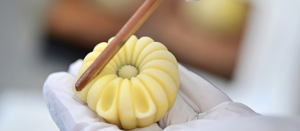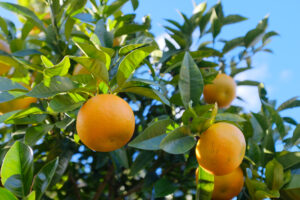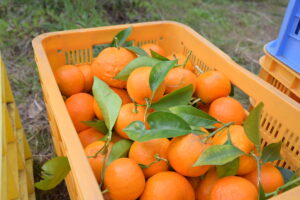6月16日 ― 和菓子の日に思う

6月16日 ― 和菓子の日に思う
今日、6月16日は和菓子の日。
和菓子に携わる仕事をしている私にとっても、ふと手を合わせたくなる一日です。

遥かな祈りの始まり
今から千年以上前、平安時代のこと。
疫病が流行していた都で、仁明天皇は御神託により、6月16日に「16」にちなむ菓子や餅を神前に供え、健康を祈願しました。
これが「嘉祥の儀」と呼ばれ、和菓子の日の由来となります。
昔の人々も、今と変わらぬ想いを重ねていたのでしょう。健やかに、無事に、と。
さらに遡る和菓子の起源
もっと古い時代、西暦50年頃。
垂仁天皇の命を受けた田道間守命(たじまもりのみこと)が、不老長寿の果実を求め、遥かな旅に出ます。
10年を経て持ち帰ったのが「非時香菓(ときじくのかぐのこのみ)」──のちに「橘」と伝わります。
果物そのものが「菓子」と呼ばれていた時代。
この橘こそ、和菓子の祖とされ、田道間守命は「菓子の神様」として今も祀られています。
「だいだいの香り」に重なるかもしれない物語
実はもうひとつ、静かに語り継がれる説もあります。
柑橘分類の研究者・田中長三郎氏は、この「非時香菓」が、もしかすると「橘」ではなく「だいだい」だった可能性を示しました。
「非時香菓」とは、一年中実をつけ、香り高い果実という意味。
古くは「阿部橘(あへたちばな)」と呼ばれたこともあり、田道間守命が命を懸けて持ち帰った果実が、実は遠くインド原産の「だいだい」だったのでは──そんな説もあるのです。


そう思うと、和菓子のはじまりには、あの爽やかな柑橘の香りが流れていたのかもしれません。
私も熱海の地で200年以上育まれてきた「熱海だいだい」に触れるたびに、遠い昔へと想いが重なります。
受け継がれていく和菓子のこころ
自然の恵みをいただき、季節を映し、手間を惜しまずに仕立てる和菓子。
その向こうには、いつも「健やかに」「穏やかに」という祈りがあります。
和菓子の日に、あらためて日本の歴史に思いを馳せて。
今日も、そっと和菓子を手に取ってくださるお客様へ。
石舟庵 店主
June 16th – Reflections on Wagashi Day
Today, June 16th, is Wagashi Day.
For someone like me, who works with wagashi every day, it’s a moment to pause and quietly offer a word of gratitude.
A Distant Prayer That Began Long Ago
The origin of this day traces back over a thousand years to the Heian period.
In the year 848 (Kajō 1), an epidemic was spreading through the capital.
Following divine guidance, Emperor Ninmyō offered sixteen types of sweets and rice cakes to the gods on June 16th, praying for health and protection.
This ritual, known as Kajō no Gi, became the foundation for what we now call Wagashi Day.
Behind the sweetness of wagashi lies a timeless hope — that we may all remain well, safe, and at peace.
An Even Older Story of Wagashi’s Origins
The story goes even further back, to around 50 A.D.
At that time, Emperor Suinin sent a man named Tajimamori no Mikoto on a journey across the seas to search for the fruit of immortality.
After ten long years, he returned with a fruit called Tokijiku no Kagunokonomi — later known as tachibana, an ancient type of citrus.
In those days, fruit itself was called “kashi” (confection), and so tachibana came to be seen as the origin of wagashi.
Tajimamori no Mikoto is still revered today as the patron deity of confectionery.
The Possibility of Another Fragrance — Could It Have Been Daidai?
There is, however, another quiet theory that has been passed down.
Dr. Chōsaburō Tanaka, a leading expert in citrus classification, suggested that this Tokijiku no Kagunokonomi may not have been tachibana, but rather daidai — a different variety of citrus.
Daidai bears fruit throughout the year and releases a rich fragrance.
In ancient times, it was also referred to as Ahetachibana.
Perhaps, then, the fruit Tajimamori no Mikoto brought back was not tachibana, but the very same daidai that still sways gently in the winds of Izu today.
When I encounter Atami-daidai here in Izu, I sometimes wonder if its scent carries echoes of that ancient beginning.
The Spirit of Wagashi That Continues
Wagashi is born from the blessings of nature, shaped carefully by hand, and reflects the changing seasons.
And behind each piece is always a quiet prayer: may we live in health, may we live in peace.
On this Wagashi Day, I offer my heartfelt gratitude once again.
To everyone who gently picks up our wagashi — thank you.
Sekishuan
